AI will help Royal Navy warships detect combat threats
Currently in testing, AI could help Navy warships react to threats faster
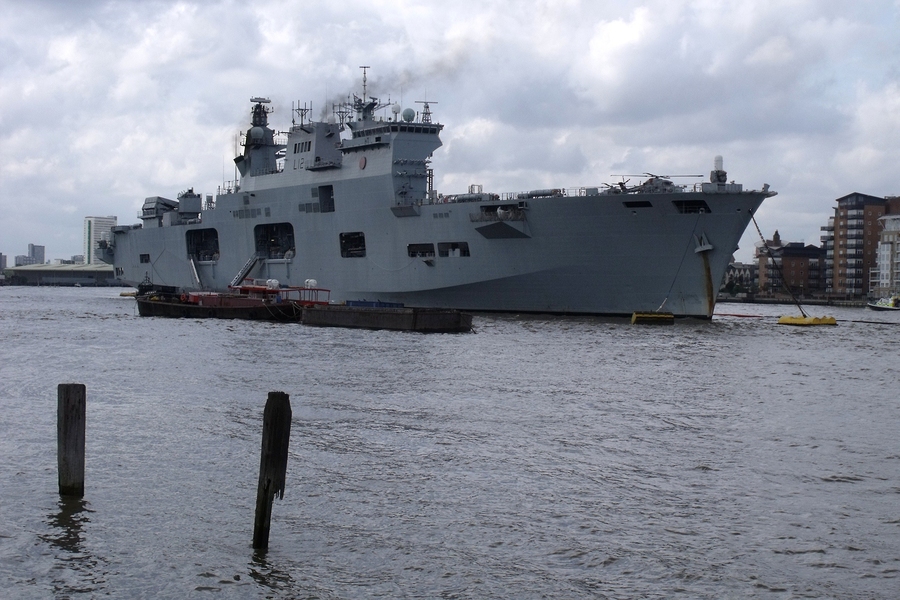
AI is to become an integral part of maritime operations run by the Royal Navy, helping its warships detect and assess threats in combat scenarios.
The artificial intelligence software, called Startle, will be supplied by Roke Manor Research to help the Navy detect and tackle impending threats.
Startle is a machine situational awareness software that works through a combination of different algorithms and intelligence features.
Engineered to reflect the human brain's conditioned fear-response mechanism, the system can scan complex environments and learn to detect threats more easily, based on those it has previously encountered.
After two successful initial phases that proved Roke could use Startle to analyse complex data, the Navy's Defence Science and Technology Laboratory (DSTL) has commissioned a third phase of the 1 million project.
In this phase, the tool will be integrated into DSTL's maritime combat system demonstrator called the Open Architecture Combat System (OACS), which replicates combat situations Navy staff may find themselves in.
Mike Hook, lead software architect on Startle, said: "The clever part comes in the way these potential threats are detected and the way our software redistributes resources to decide if they are real - all in the blink of an eye."
Sign up today and you will receive a free copy of our Future Focus 2025 report - the leading guidance on AI, cybersecurity and other IT challenges as per 700+ senior executives
"This is an exciting project for us. Traditional methods of processing data can be inefficient so we have looked at the human brain's tried and tested means of detecting and assessing threats to help us design a better way to do it."
If put into use in real combat situations, Startle would be integrated into existing warship sensor suites, and its ability to detect and assess potential threats is designed to help a warship's human staff make decisions faster.
In future, Startle could also become a useful integration for self-driving cars, as well as health and usage monitoring, Roke said.
-
 Trump's AI executive order could leave US in a 'regulatory vacuum'
Trump's AI executive order could leave US in a 'regulatory vacuum'News Citing a "patchwork of 50 different regulatory regimes" and "ideological bias", President Trump wants rules to be set at a federal level
-
 TPUs: Google's home advantage
TPUs: Google's home advantageITPro Podcast How does TPU v7 stack up against Nvidia's latest chips – and can Google scale AI using only its own supply?
-
 Future focus 2025: Technologies, trends, and transformation
Future focus 2025: Technologies, trends, and transformationWhitepaper Actionable insight for IT decision-makers to drive business success today and tomorrow
-
 B2B Tech Future Focus - 2024
B2B Tech Future Focus - 2024Whitepaper An annual report bringing to light what matters to IT decision-makers around the world and the future trends likely to dominate 2024
-
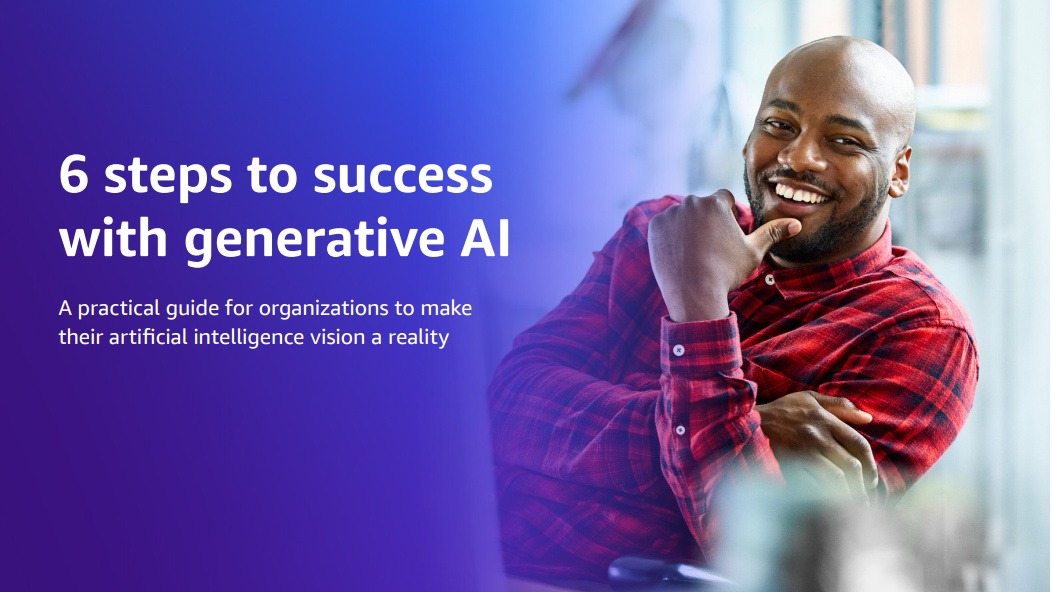 Six steps to success with generative AI
Six steps to success with generative AIWhitepaper A practical guide for organizations to make their artificial intelligence vision a reality
-
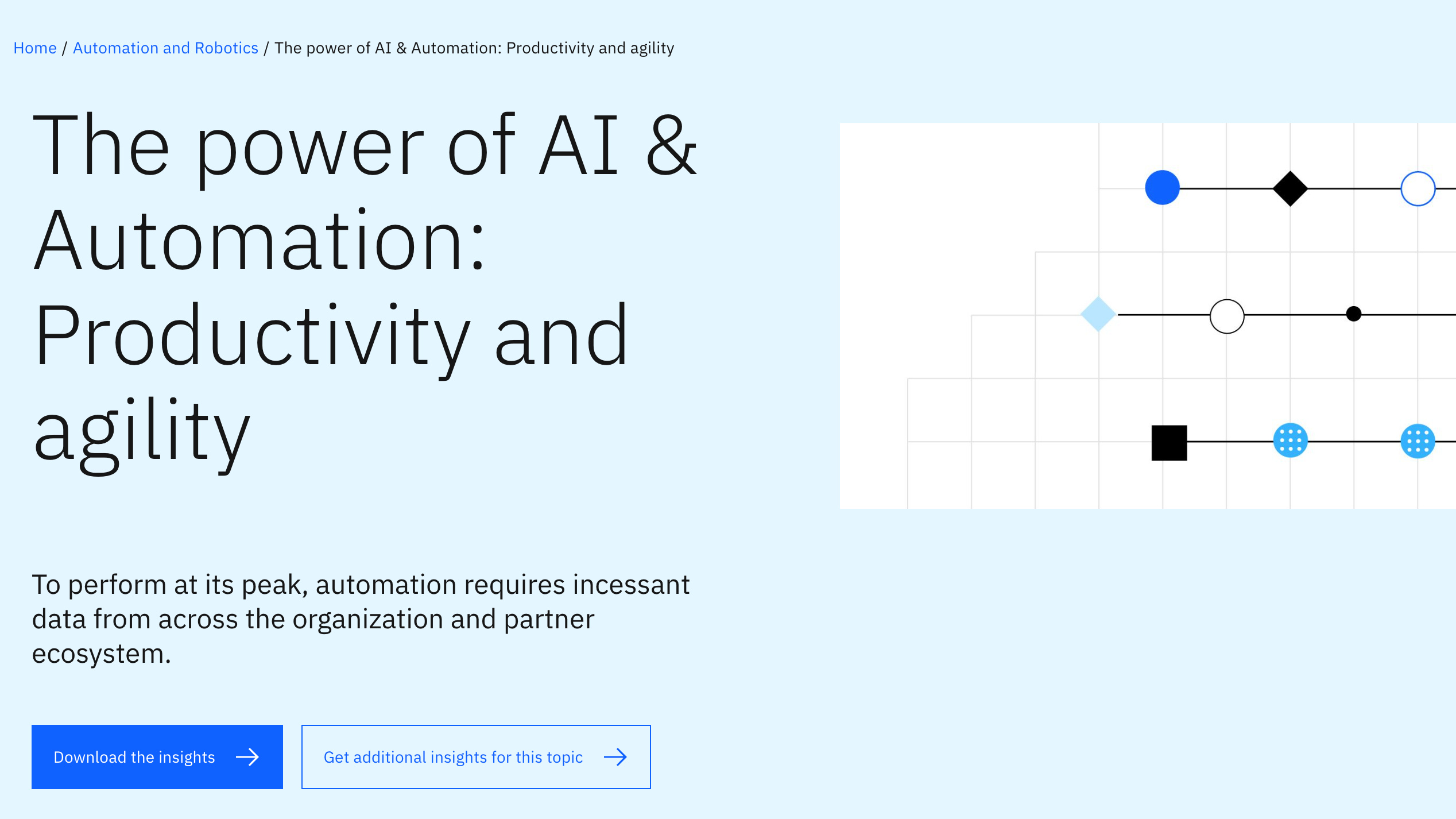 The power of AI & automation: Productivity and agility
The power of AI & automation: Productivity and agilitywhitepaper To perform at its peak, automation requires incessant data from across the organization and partner ecosystem
-
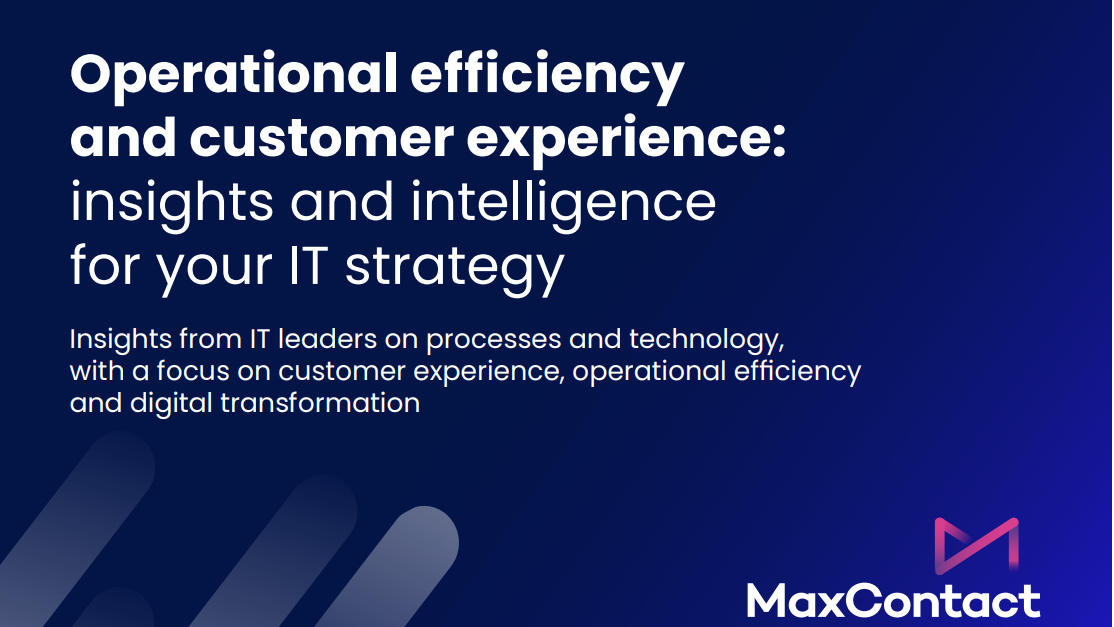 Operational efficiency and customer experience: Insights and intelligence for your IT strategy
Operational efficiency and customer experience: Insights and intelligence for your IT strategyWhitepaper Insights from IT leaders on processes and technology, with a focus on customer experience, operational efficiency, and digital transformation
-
 Sustainability at scale, accelerated by data
Sustainability at scale, accelerated by dataWhitepaper A methodical approach to ESG data management and reporting helps GPT blaze a trail in sustainability
-
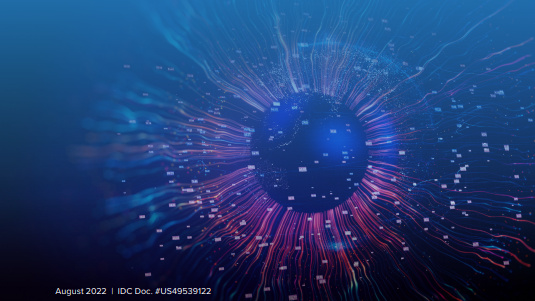 What businesses with AI in production can teach those lagging behind
What businesses with AI in production can teach those lagging behindWhitepaper The more sophisticated the AI Model, the more potential it has for the business
-
 Four steps to better business decisions
Four steps to better business decisionsWhitepaper Determining where data can help your business